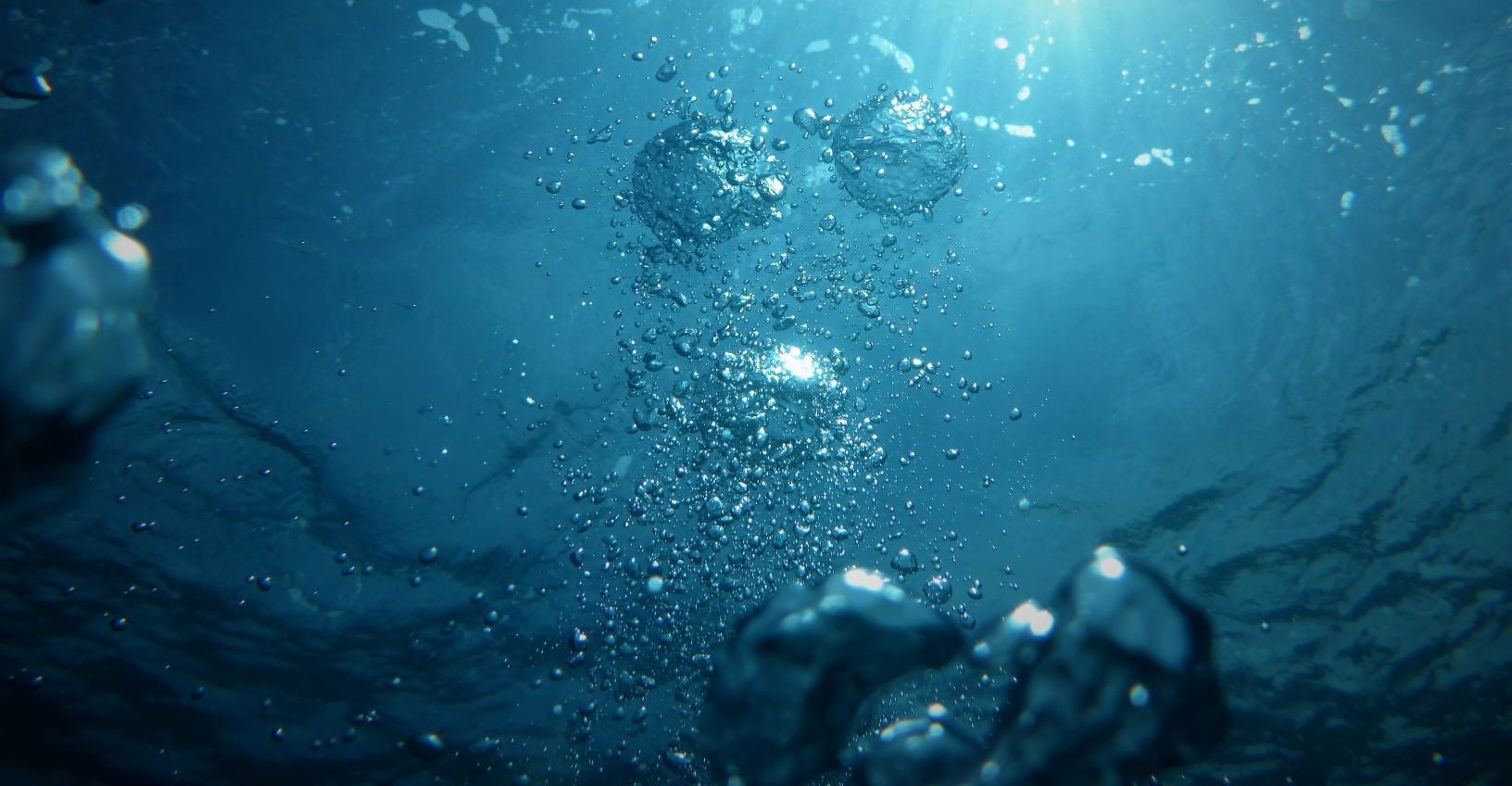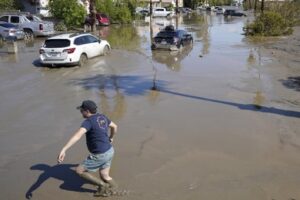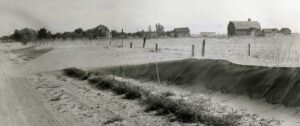03/18/2024
Project Importance
Lead, once common in pipes delivering drinking water into homes, was banned for this purpose by Congress in 1986. Despite the prohibition, the legacy of lead service lines remains a significant public health concern, particularly for children. Recognizing the urgency, the federal government took substantial steps in 2021, introducing the Lead and Copper Rule Revisions (LCRR) to the Safe Water Drinking Act. A key element of The Biden-Harris Lead Pipe and Paint Action Plan, the LCRR mandates that all public water systems create, submit, and maintain an inventory of lead service lines, playing a crucial role in replacement plans and securing potential funding for initiatives.
B&A’s Role
Burian & Associates is leading North Dakota communities in this crucial initiative to remove lead from drinking water. We provide guidance on the associated issues and are actively involved in developing compliant lead service line inventories for 34 public water systems across the state. Our LCRR compliance approach aims to assist communities in conducting precise inventories using methods that are not only cost-effective and minimally intrusive, but also community centric.
Our approach commences with city staff meetings and a thorough examination of accessible historical records. Following this, we actively involve the public, encouraging their participation in identifying their respective service lines. Our dedicated team employs a user-friendly approach by disseminating educational “do-it-yourself” customized notices, aiding individuals in determining whether lead is a concern in their homes or businesses. This step-by-step method facilitates the collection of critical information and establishes an efficient process for sharing it, which enables our team to confidently assess the accuracy of self-performed analyses and ensure the creation of a comprehensive and precise inventory.
Beyond saving utility operators and managers time, our strategy builds trust between the public and the water utility, raising awareness of a complex and nationwide public health concern. Ultimately, this lays the foundation for ongoing and effective lead service line removal initiatives.
What You Can Do
Interested in your own service line? Use the following link to assist in identifying your service line material: Find the lead pipes in your home (npr.org).



